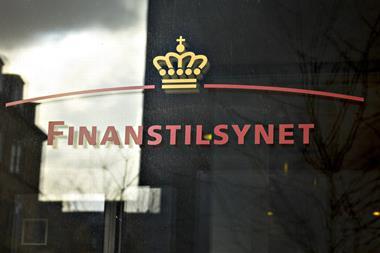Many pension funds throughout Europe have had insufficient funding ratios for many years in part due to falling interest rates, even though pension funds’ investment choices and contribution levels also play a role.
The latest increase in interest rates has tipped the funding ratio’s needle in the opposite direction.
In the Netherlands the average funding ratio of Dutch pension funds jumped by 5 percentage points in March to close to 120% thanks to an increase in interest rates. Dutch funding ratios were at their highest level in more than 10 years with the main reason again being a sharp increase in interest rates for the second consecutive month.
Civil service scheme ABP recorded the largest rise to 117.4% in March, while PFZW saw an increase in its funding ratio by 11 percentage points, reaching 110%.
In Switzerland the funding ratio of the PK SBB, the pension fund for Swiss federal railways, continued to progress reaching a record high of 112.4% for 2021, from 108.5% in 2020 and 105.4% in 2019. comPlan, another Swiss scheme, saw its technical funding ratio stand at 120% last year from 112% in 2020.
It’s a similar scenario for the UK. The aggregated funding ratio for defined benefit (DB) pension schemes potentially eligible for entry into the UK’s Pension Protection Fund (PPF) increased from 108.4% to 111.4% in March, the highest level since June 2007, according to new figures from the DB lifeboat fund.
Despite pension schemes’ funding ratios nudging higher, some schemes are taking on either too much risk or not enough to meet their targets. To stay on track, they need to focus on preserving funded status improvements, while mitigating risks, and positioning for the future.
Pension plans with longer time horizons have a greater opportunity to take on more private assets and earn illiquidity premia, for instance. Reallocating from public equity to private markets – private credit, real estate, infrastructure and private equity – can improve returns even if risk increases proportionately.
The opportunities of such asset classes in a post-pandemic recovery world suffering from a volatile geopolitical environment can also be often overlooked by cautious investors.
Venilia Amorim, Editor, IPE.com
venilia.amorim@ipe.com





































No comments yet